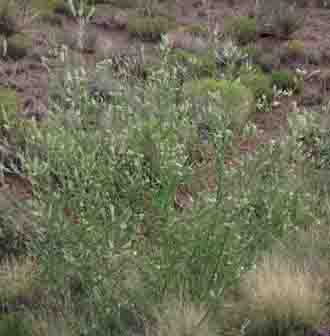Food:
"Flowers, shoots, and leaves are tender and edible raw or cooked. Some accounts say cooked roots are edible.
Use flowers fresh or dried for tea. There is conflicting information about whether to use dried leaves. Some sources say they can cause bleeding. --- Use young leaves cooked or raw as you would any green. Shoots can be cooked like asparagus.
Strong peasant tasting and somewhat vanilla flavored. Flowers are used to flavor Gruyere cheese and can be dried and used as flavoring for soups." (Morgan 79)
Recipe 1: Sweet Clover Tea
"Snip off enough flower stalks and leaves to fill your tea steeper. Boil water and then allow to cool for a few minutes. Pour over plant pieces, and steep for 3 to 10 minutes. Add honey if desired. On the trail you can make sun tea by placing the ingredients in your water bottle and allowing the sun to do the rest as you hike along" (Morgan 77)
Recipe 2: Grilled Chicken with Yellow Sweet Clover Garnish
"Marinate 2 chicken breasts in enough olive oil to coat them, 1/2 teaspoon salt, and 1/2 teaspoon pepper for 1 or more hours. Grill one side over medium heat for 5 - 10 minute, then flip. Grill the other side for about 5 - 10 minutes until the chicken is no longer pink in the middle. Place on bed of lettuce and garnish with 2 teaspoons yellow sweet clover flowers." (Morgan 78)
Medicine:
"Sweet Clover is a traditional external poultice for sore breasts and mild mastitis, as well as any other soft tissue inflammation. The tea has been used in many countries as a stomach soother and for chronic flatulence, particularly following intestinal infections. The tea has a pleasant vanilla flavor and cam be drunk simply for its taste. The vanilla scent so evident upon drying results from the presence of coumarin ---.
Care should be taken with any long-term use of the tea. Coumarin can combine in many inappropriate ways with prescription drugs, resulting in peculiar and unpredictable compounds. One of the basic anticoagulant drugs used in present medicine, bishydroxycoumararin (Dicumaro), was discovered quite by accident when a rash of fatal internal bleeding among cattle was found to have been due to the eating or rotten Sweet Clover that had been bundled for fodder before it was dry the fermentation within the bales of wet plants had turned the coumarin into bishydroxycoumarin. (Moore 152)
"The plant has been used as a treatment for both internal and external inflammation, as a remedy for ulcers in the digestive tract, and as a lotion to reduce eye irritation. The Ramah Navajo gave cold sufferers a fragrant tea made from the leaves and also used it to wash the recuperating patient." (Finley and Nieland 103)
"(Navajo, Ramah) Cold infusion taken and used as a lotion for colds caused by becomng chilled." (Moerman 338)
Other Uses:
"The flowering plant often sweeetens linen carefully stored away in chests and closets and is sometimes placed between mattresses as a protection against bedbugs.
If its cut branches are hung up in a room, says native lore, they will attract all the flies, which can be eliminated by throwing out the spray after dark." (Curtin 13)
"(Dakota) Grass hung in houses for pleasant fragrance." (Moerman 338)
Internet Resources
